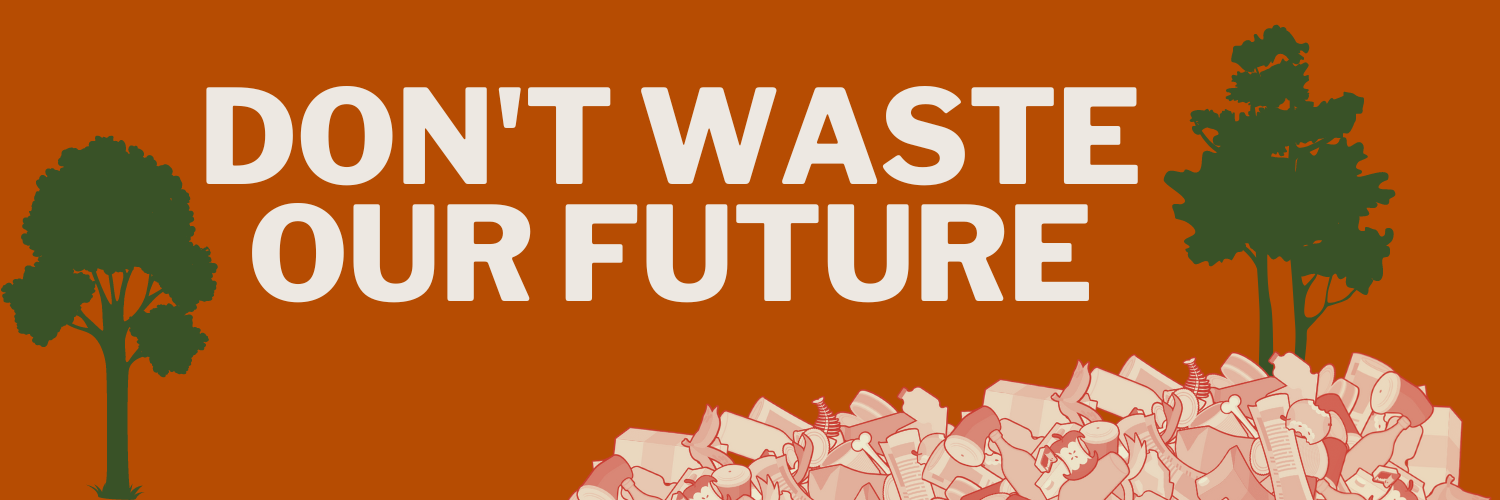super emitter program and advanced monitoring tech now part of epa’s oil and gas standards - why not landfills?
Deep respect for the many advocates and community members working to curb dangerous emissions and health impacts from the thousands of oil and gas sites across the country. And now they’ve reached an important milestone: After two years of rulemaking building evidence and taking countless public comments, at COP28, the EPA announced the final Clean Air Act emissions standards for the oil and gas sector, which are designed to mitigate methane emissions. As Clean Air Taskforce (CATF) details in their blog, the cumulative methane reductions is the equivalent of over 21.8 million gasoline-powered cars taken off the road each year, and will also reduce nearly 600,000 tons of toxic air pollution. Key components include:
Advanced Monitoring Technologies: The final rule creates a pathway for advanced technologies to be deployed to find methane leaks. As CATF writes, “if an operator prefers to utilize advanced technologies (rather than inspecting site “by hand” with inspectors on the ground at the site), they now have that option. EPA finalized a matrix that defines the required frequency of inspections using advanced technologies, based on the sensitivity of the technology and the type of site. Allowing the utilization of advanced technologies is critical to support the development of innovative detection capabilities over time.”
Super-emitter response program: Per CATF: “EPA also finalized the Super Emitter Program in which third-parties that detect emissions above 100 kg/hour will be able to notify EPA of their findings. EPA will then analyze the notification and, if the information is verified, will contact the operator to begin a process to repair the leak. Satellite and remote sensing projects, such as Carbon Mapper and MethaneSAT, are expanding their efforts to provide publicly available, high resolution data showing point source emissions from facilities around the world. By finalizing this program, EPA opened a process to spot harmful super-emitters much earlier than under the baseline inspection, thus providing crucial additional protections to front-line communities who suffer the most harm from these emissions, and greatly reducing the climate impacts of these super-emitters.”
These components of the upgraded oil and gas emissions standards are very applicable to another potent point source - municipal solid waste landfills. Current EPA landfill air emissions standards only require that a landfill be monitored for surface emissions 4 times a year (and sometimes less than that), and that monitoring is done by a human, walking the landfill on foot with a handheld device in a serpentine grid pattern, about 100 feet spaced and skipping dangerous areas and the entire working face. Unsurprisingly, many methane emissions are missed that way, as the White House National Strategy on greenhouse emissions monitoring and measurement has acknowledged.
The EPA has an opportunity to include advanced monitoring technologies and a super-emitter response program in an update of landfill air emissions standards. We’re already seeing landfill operators using drone technology to conduct a comprehensive scan of the landfill, find issues and then confirm that with on the ground technology. And timely and effective detection of large methane emissions through satellite or remote flyovers holds the potential for exponentially more effective methane mitigation. For example, two California state agencies contracted with NASA to fly remote sensing equipment over portions of the state. This California Methane Survey identified hundreds of methane point sources and found that just ten percent of the point sources emitted nearly half the total methane emissions detected. Yet today, landfill operators are not required to act to find and address remote detected super emitter events. When a satellite identifies a methane plume from space, the landfill operator should be required to go out and find that leak and fix it.
The solutions are truly at our fingertips, we just need policymakers to find the will to make them reality.
